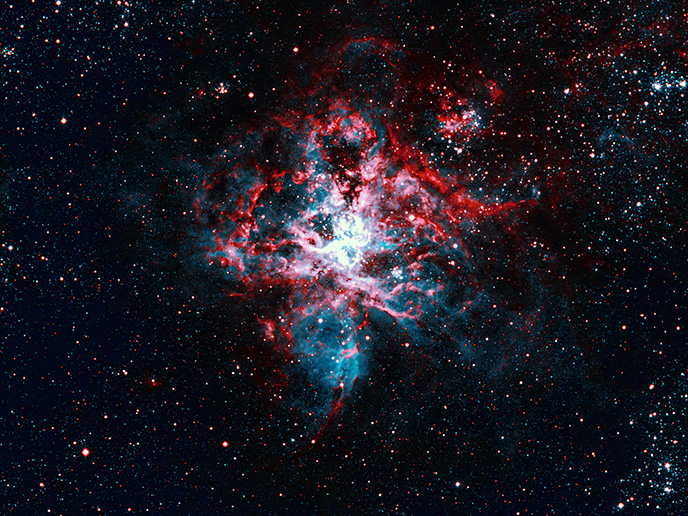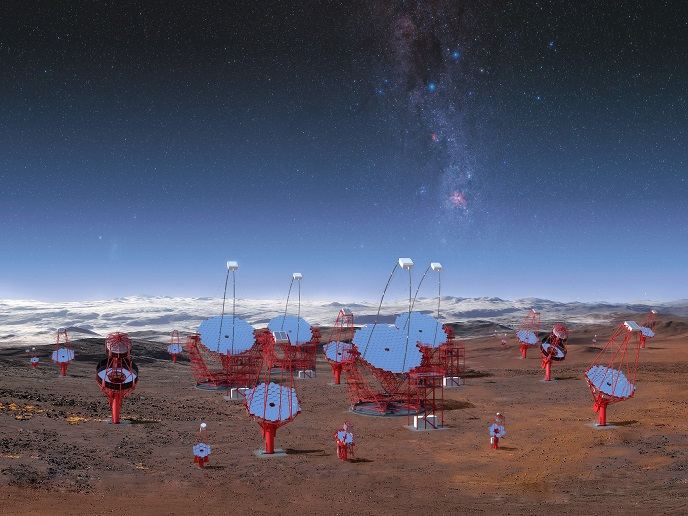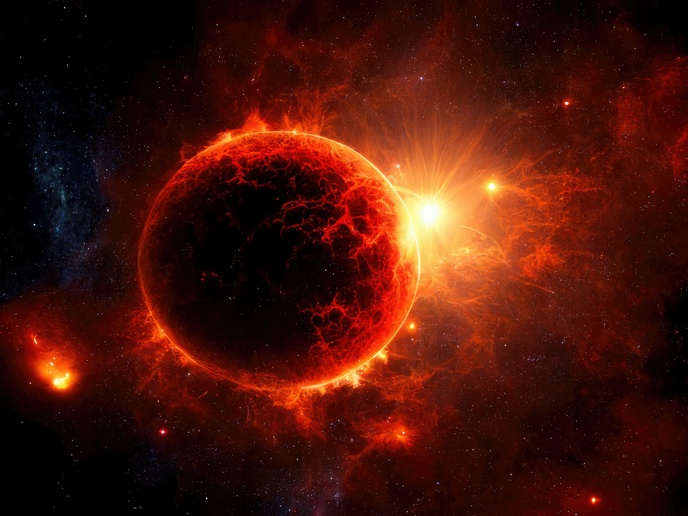Cosmologists prepare for dark energy mission
Our understanding of the cosmos is an ongoing journey of discovery. The consensus for years was that the expansion of the universe must be slowing down. Only in the late 1990s were scientists able to confirm that the opposite was in fact happening – that the expansion of the universe was accelerating. “Scientists called the force causing the universe to expand dark energy(opens in new window),” explains EWC(opens in new window) project coordinator Thomas Kitching from University College London(opens in new window) in the United Kingdom. “But we still don’t know exactly what this is.” Another integral part of this expanding universe model is dark matter. “When we look out into the universe, we ‘see’ something that is invisible and transparent to light, but we know it’s there because of its gravitational effect,” says Kitching. In other words, without the existence of dark energy and dark matter, the behaviour of planets, stars and galaxies simply wouldn’t make sense.
Uncovering dark energy
These discoveries have upended cosmology. The European Space Agency’s(opens in new window) Euclid(opens in new window) mission, which will launch a telescope into space, aims to find answers. “We want to better understand the nature of dark energy by using something called gravitational lensing,” adds Kitching, who is also a lead scientist on the Euclid mission. “Images of galaxies tend to be distorted due to the presence of matter, similar to how glass can distort light.” Kitching explains that Euclid will peer at distant galaxies and – in effect – into the cosmic past, to chart how light is distorted by gravitational fields. If this effect can be measured over time, then Euclid might be able to determine how dark matter has changed over time. Ultimately, by charting how dark matter grows over time, the Euclid team hopes to be able to determine the nature of dark energy.
Calibrating the mission
This is where the EWC project comes in. “Space missions are really expensive,” notes Kitching. “Where we can, cosmologists use ground-based telescopes and data from existing space missions.” To this end, the EWC project set about gathering existing data to help fine-tune the Euclid mission. All data from the Hubble(opens in new window) telescope was reanalysed, and new data sets collected from sources such as the PAUCam(opens in new window) instrument on the Canary Islands. “Hubble actually has a higher resolution than Euclid but over a much smaller area – about the size of your outstretched hand against the sky,” explains Kitching. “Euclid will cover the whole sky. So, where there is an overlap, we can calibrate the Euclid data with higher-resolution data from Hubble.” Data from the PAUCam instrument – a multicolour camera – will be used to complement the greyscale images produced by Euclid, providing enhanced colour resolution.
Ready for launch
The work carried out through EWC has been done in parallel with preparations for the Euclid launch. “Now it’s time to get our heads down and prepare for launch,” says Kitching. “There is still a lot to do – developing algorithms to analyse data, stress-testing everything, that sort of thing.” Once launched, Euclid will provide massive amounts of data, sharpened by the work carried out through EWC. Kitching expects the mission to change humanity’s view of the universe. As part of EWC, a poem and image of a galaxy, made up of scientists’ fingerprints, has been lasered onto the side of the telescope. “We are trying to communicate to future generations some of the humanity that went into this mission,” he concludes. “This has been a collective endeavour.”







